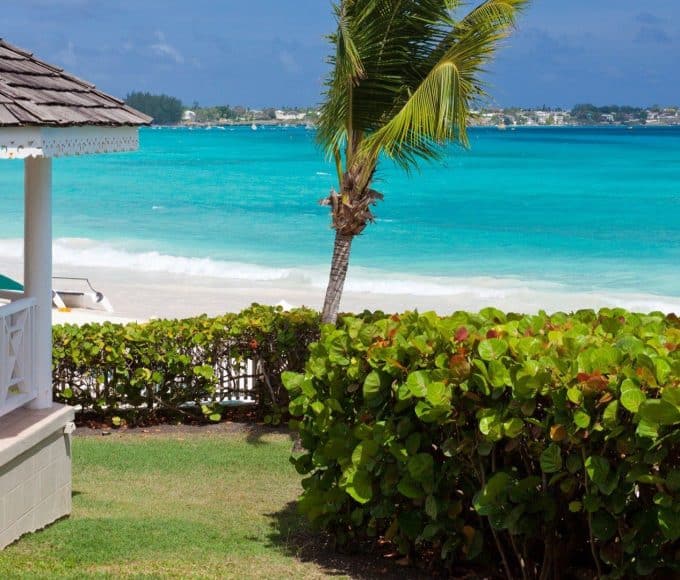As the clock strikes midnight and the world bids farewell to the old year, diverse cultures across the globe come alive with unique and vibrant New Year traditions. From ancient rituals to modern festivities, the celebration of the New Year serves as a universal thread that connects humanity. In this article, we are here to discover the different global New Year traditions that reflect the diversity and richness of our shared human experience.
Japan: Joyful Bells and Traditional Cuisine
In Japan, New Year’s celebrations are marked by the joyous ringing of temple bells. Known as “Joya no Kane,” this ritual involves the ringing of Buddhist temple bells 108 times, symbolizing the 108 human sins in Buddhist belief. Additionally, traditional New Year’s dishes like “osechi-ryori” are prepared, featuring a variety of symbolic foods believed to bring good fortune and prosperity.
Scotland: First-Footing and Hogmanay Revelry
In Scotland, the celebration of New Year’s, known as “Hogmanay,” is a grand affair. A unique tradition called “first-footing” involves the first person to enter a home after midnight bringing symbolic gifts such as coins, bread, and whisky to ensure good luck for the household. Hogmanay is marked by lively street parties, music, and the singing of “Auld Lang Syne.”
Spain: Twelve Grapes for Twelve Chimes
In Spain, the New Year is welcomed with a delicious and symbolic tradition. As the clock strikes midnight in Puerta del Sol in Madrid, people across the country eat twelve grapes, one for each chime of the clock. Each grape represents good luck for one month of the coming year, creating a fun and festive atmosphere.
South Africa: Jumping into the New Year
In certain parts of South Africa, the New Year is welcomed with a unique tradition known as “Hoopla.” People jump from elevated platforms, symbolizing their readiness to leap into the challenges and opportunities of the coming year. It’s a joyous and symbolic way to usher in the New Year with enthusiasm and courage.

Brazil: Offerings to Yemanjá, the Sea Goddess
On the beaches of Brazil, particularly in Rio de Janeiro, New Year’s Eve is celebrated with vibrant festivities. One of the most iconic traditions involves making offerings to Yemanjá, the goddess of the sea. Devotees dress in white and offer flowers, candles, and small boats to the ocean, seeking blessings for the upcoming year.
Russia: Ded Moroz and the New Year Tree
In Russia, the New Year is celebrated with the arrival of Ded Moroz, the Russian equivalent of Santa Claus. Families gather around the New Year tree, exchange gifts, and enjoy festive meals. The celebration continues into the night with fireworks and traditional folk performances.
Denmark: Smashing Plates for Good Luck
In Denmark, New Year’s Eve is marked by the amusing tradition of smashing dishes on the doorsteps of friends and family. The more broken pieces, the better, as it symbolizes the abundance of loyal friends. Additionally, climbing onto chairs and jumping off at midnight is believed to ward off evil spirits and bring good luck in the coming year.
Greece: The Feast of Saint Basil and Pomegranate Smashing
In Greece, New Year’s Day coincides with the celebration of Saint Basil’s Day. Families cut the Vasilopita, a sweet bread containing a hidden coin. The person who finds the coin is said to have good luck for the year. Moreover, at the stroke of midnight, it’s customary to throw a pomegranate against the door to release its seeds, symbolizing prosperity and good fortune.
Philippines: Round Shapes for Prosperity
In the Philippines, the New Year is welcomed with a superstition-rich celebration. Round shapes, symbolizing coins and prosperity, play a significant role. Families display 13 of anything that is round, such as 13 round fruits, 13 coins, 13 round objects, and so on. The number 13 is believed to be a lucky number, hence they call it “Lucky 13”. Families also gather for a festive midnight feast. Fireworks light up the sky, and making loud noises is believed to drive away evil spirits.
Ecuador: Burning Effigies for Cleansing
In Ecuador, New Year’s Eve is marked by a unique tradition known as “Año Viejo” (Old Year). Life-sized effigies, representing the past year, are crafted and filled with firecrackers. At midnight, these effigies are set ablaze in streets across the country, symbolizing the cleansing of the old year’s troubles and making way for a fresh start in the new year.
India: Diwali-Like Celebrations and Cultural Diversity
While India traditionally celebrates the New Year in accordance with its lunar calendar, the Western concept of New Year’s Eve has gained popularity in urban areas. Cities like Mumbai and Delhi embrace the festivities with grand parties, fireworks, and concerts, showcasing the country’s cultural diversity and its ability to seamlessly blend global traditions with local customs.
Global New Year traditions reflect the beauty of cultural diversity and the creativity with which societies welcome the promise of a new beginning. As we marvel at the various customs practiced around the world, it becomes clear that the universal desire for hope, prosperity, and joy unites us all. Each tradition is a thread contributing to the rich fabric of our shared human experience. May the coming year be an abundance of shared traditions and new beginnings for people around the world.
Make the upcoming New Year a meaningful holiday filled with kindness and making a difference! Check out our post on How Families Can Make a Difference This Holiday Season














